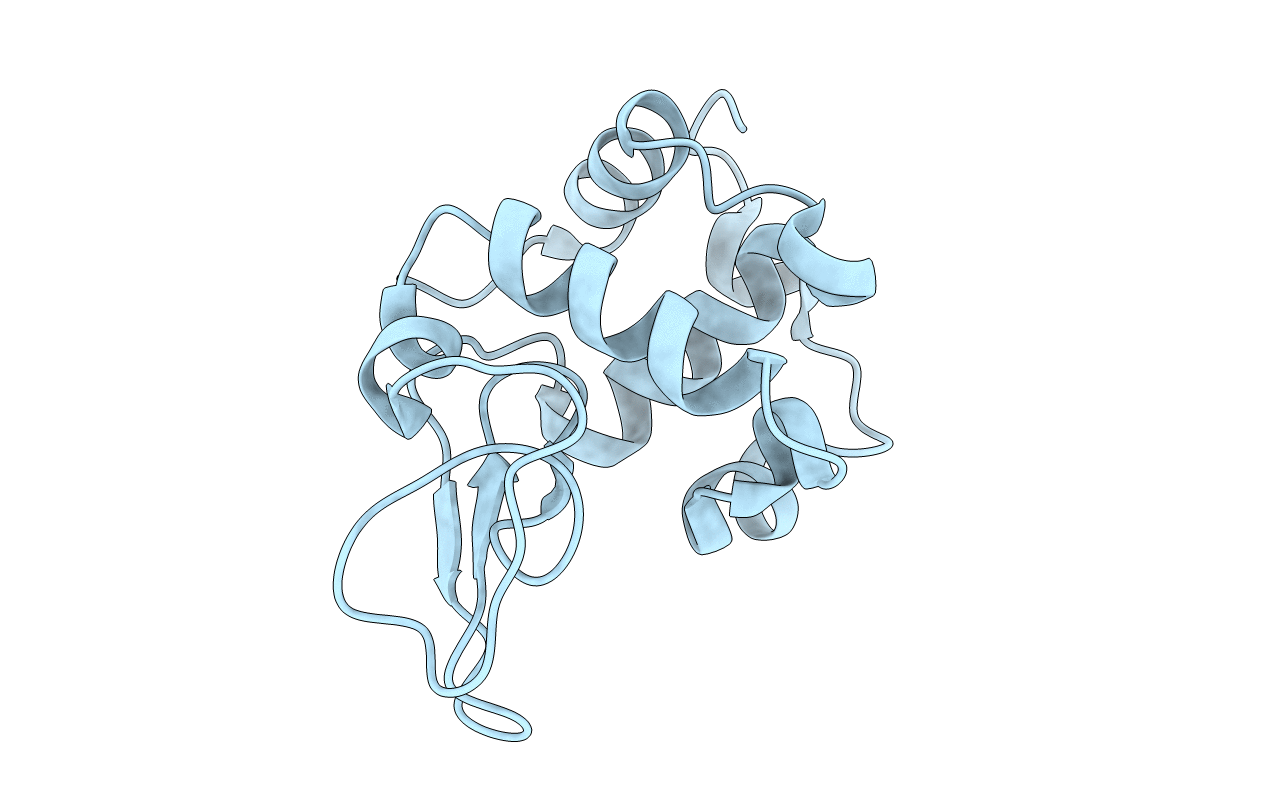
Deposition Date
2001-09-05
Release Date
2001-09-19
Last Version Date
2024-10-23
Method Details:
Experimental Method:
Resolution:
1.40 Å
R-Value Free:
0.21
R-Value Work:
0.17
Space Group:
P 21 21 21


